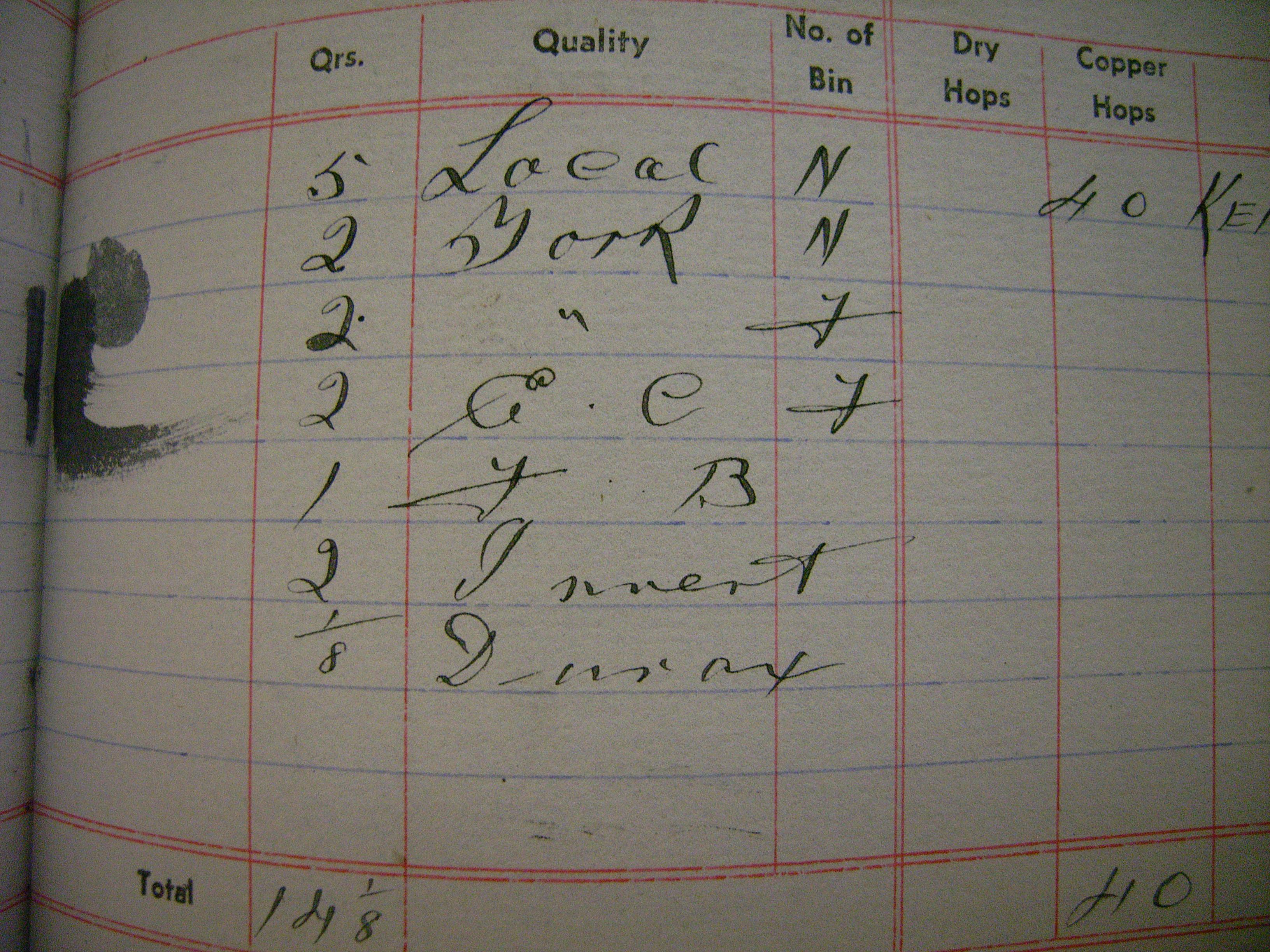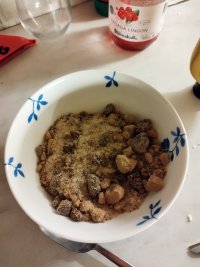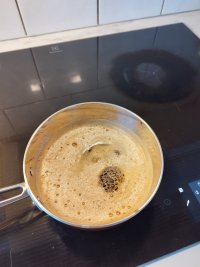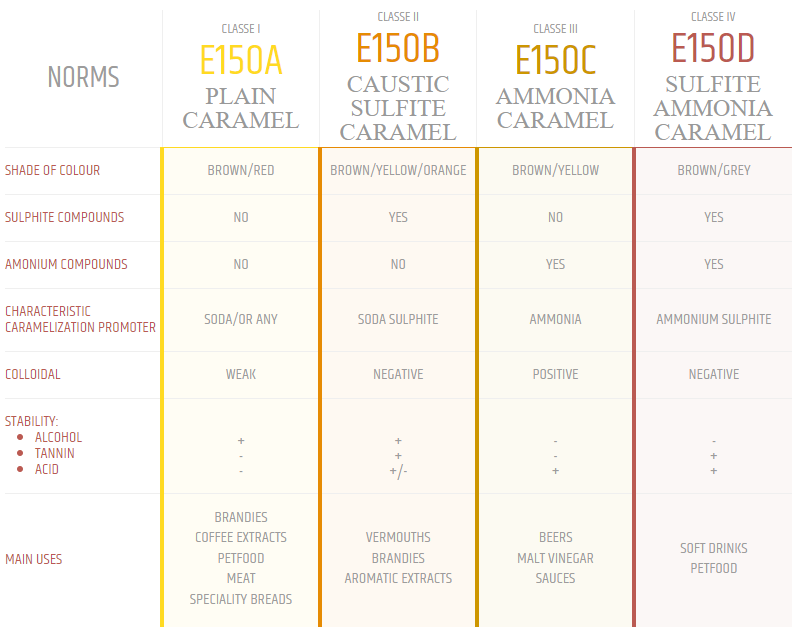Colindo
Well-Known Member
@cire Thanks for the detailed information. Are the quotes from the older versions of BYOBRA? The newest edition, which I own, pretty much ignores all sugar-related questions and in the recipes the sugar is aways given as white sugar with some black malt for colour. Tragedy that he did not write down which invert was used...































![Craft A Brew - Safale S-04 Dry Yeast - Fermentis - English Ale Dry Yeast - For English and American Ales and Hard Apple Ciders - Ingredients for Home Brewing - Beer Making Supplies - [1 Pack]](https://m.media-amazon.com/images/I/41fVGNh6JfL._SL500_.jpg)

































